Wanting to share their knowledge with others, using it as a place to store a wealth of species information and wanting to take part in citizen science are just a few motivating factors that drive people to upload sightings directly to the ALA. Here we showcase three different users and their images.
Shell collector
Gavin Nichols is an amateur collector of molluscs and has collected specimens of about 300 different species. He takes images of the best specimens to contribute after discovering that there was only 20 records in the ALA of the cowry species Mauritia mauritiana in NSW. Gavin consults with professionals and other enthusiasts from all over the world via social media. He also takes and records other measurements of some types of shells; like size to mass ratios, tooth counts and pattern sizes. It’s really great to have great images like these in the ALA, some of which are the only images we have on the species. (Note:- Before you head out collecting yourself, remember that it is not always legal to collect shells from beaches. A quick google search of your planned site should give you answers)
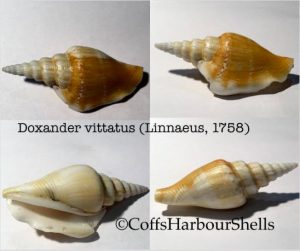
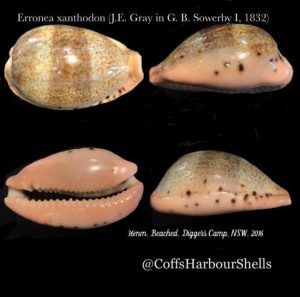
Stunning close-ups
Michael Hains has travelled extensively around Australia and has contributed some fantastic images of birds and mammals to the ALA, however, it was his unusual images of bark and seed pods that first got our attention. On one of his first trips to the Mt Annan Botanic Gardens, it was too windy to get good pictures of leaves or flowers, so he took images of bark at high magnification (around 3X). He then realised few people had contributed this type of image to the ALA, so he started adding them. He uses digital focus-stacking techniques to give greater depth of field to his pictures (which should be viewed at full size). Michael has also photographed several endangered animal species contributing valuable images to the ALA.
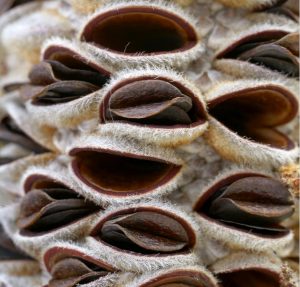
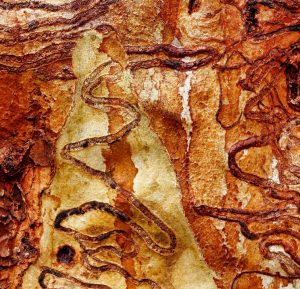
Snapshot of a forest
Armed with a deep connection with and love for the forest surrounding her home, Jayn Hobba has undertaken “to keep a photographic record of the past and present state of play in this environment”. She works closely with neighbours in both State Forest areas and farmland to promote good forest health, even adopting some practices to encourage regeneration of old forest areas. She hopes that by sharing this data through the ALA that she can help educate others about environmental values and sustainable forest management. She finds using the ALA helps organise her records; allowing cross referencing with the sightings of others while contributing to the knowledge and mapping of Australia’s species. She thinks that in the future she will be able to use other ALA functions to enhance her work.
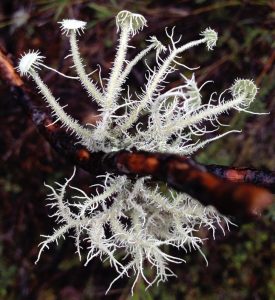
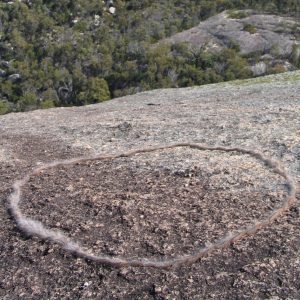
If you’re keen to start contributing sightings to the ALA, check out our User Guide. Also, feel free to contact us if you want to share with us your motivations for contributing to this great resource.